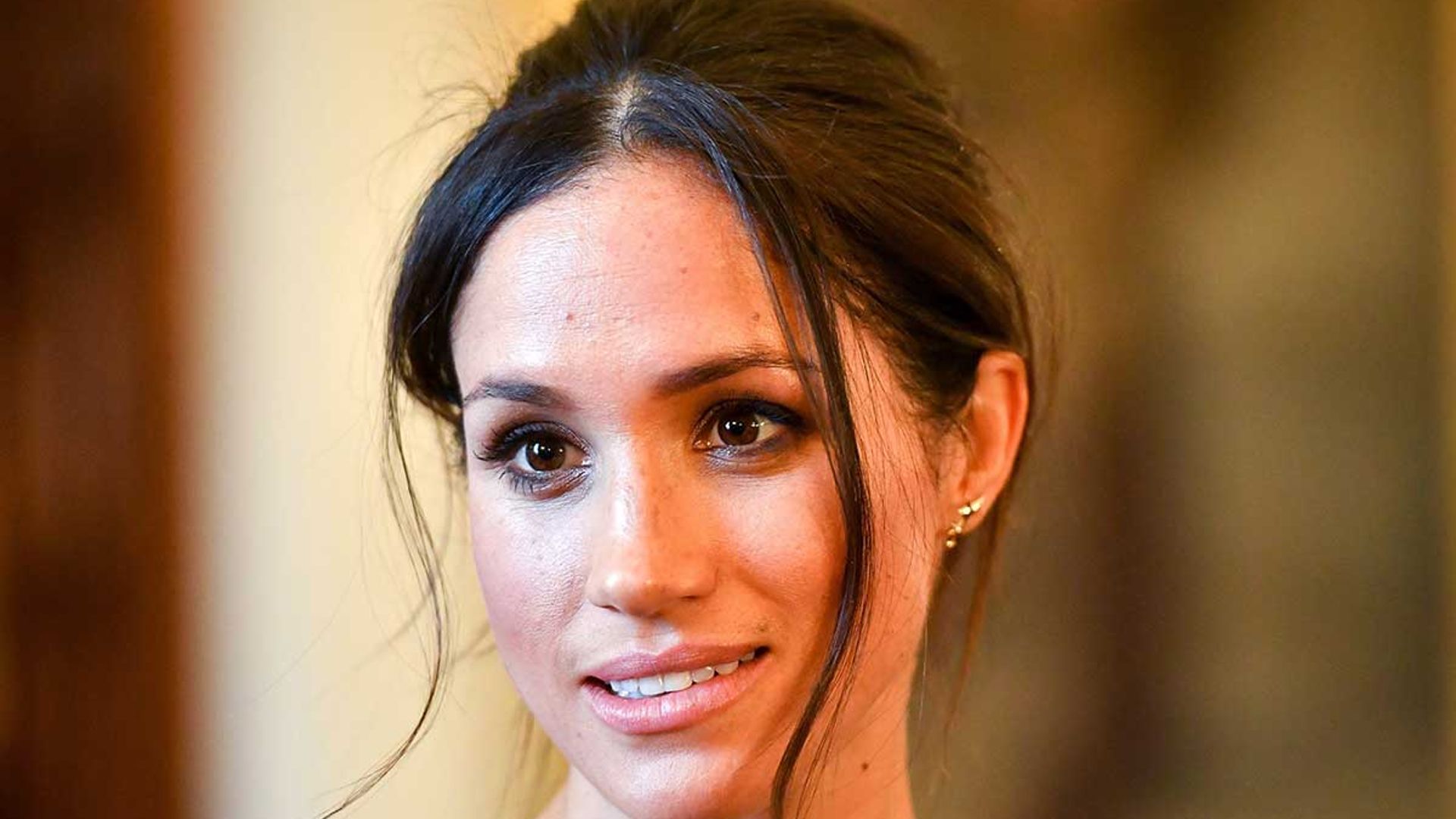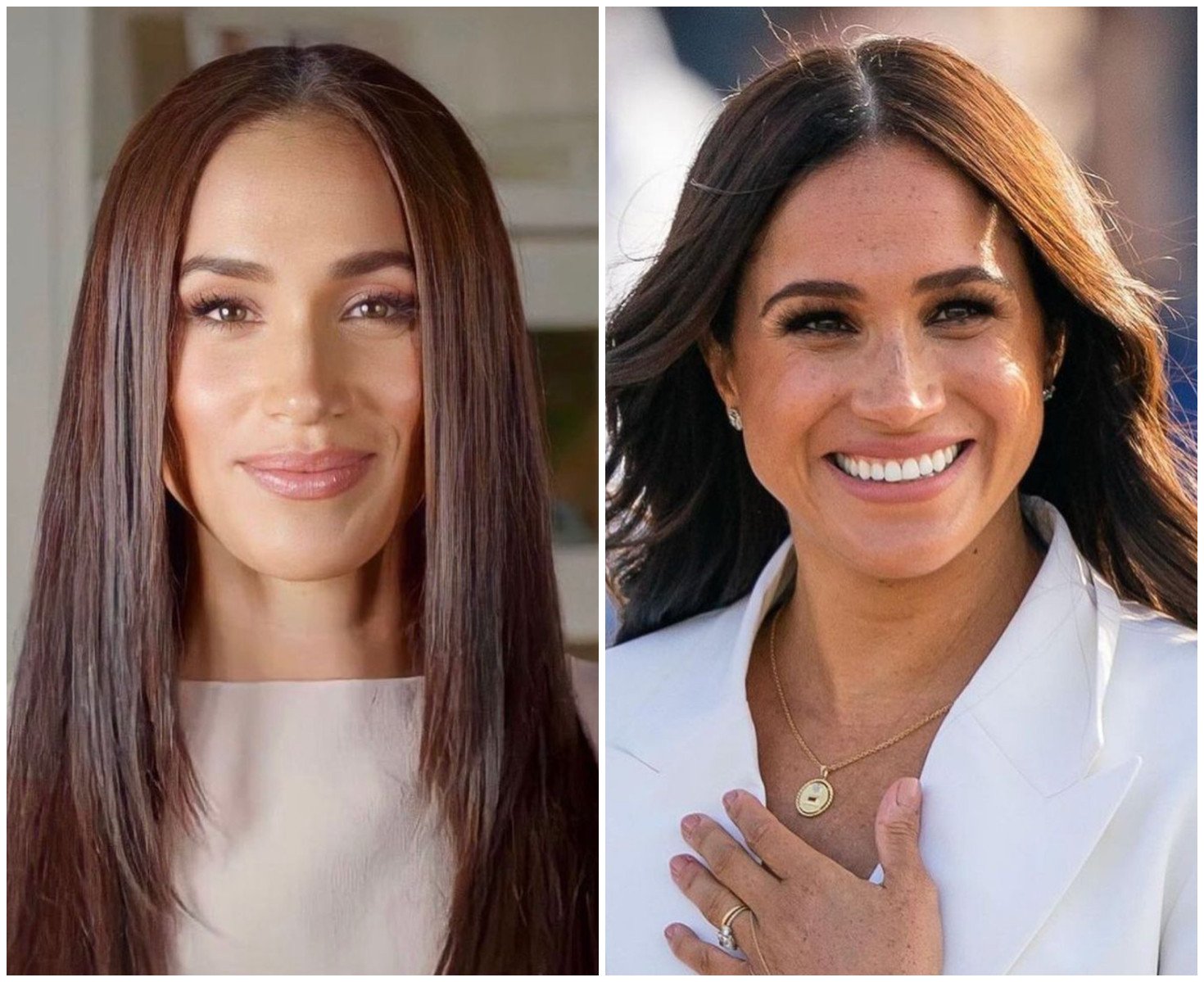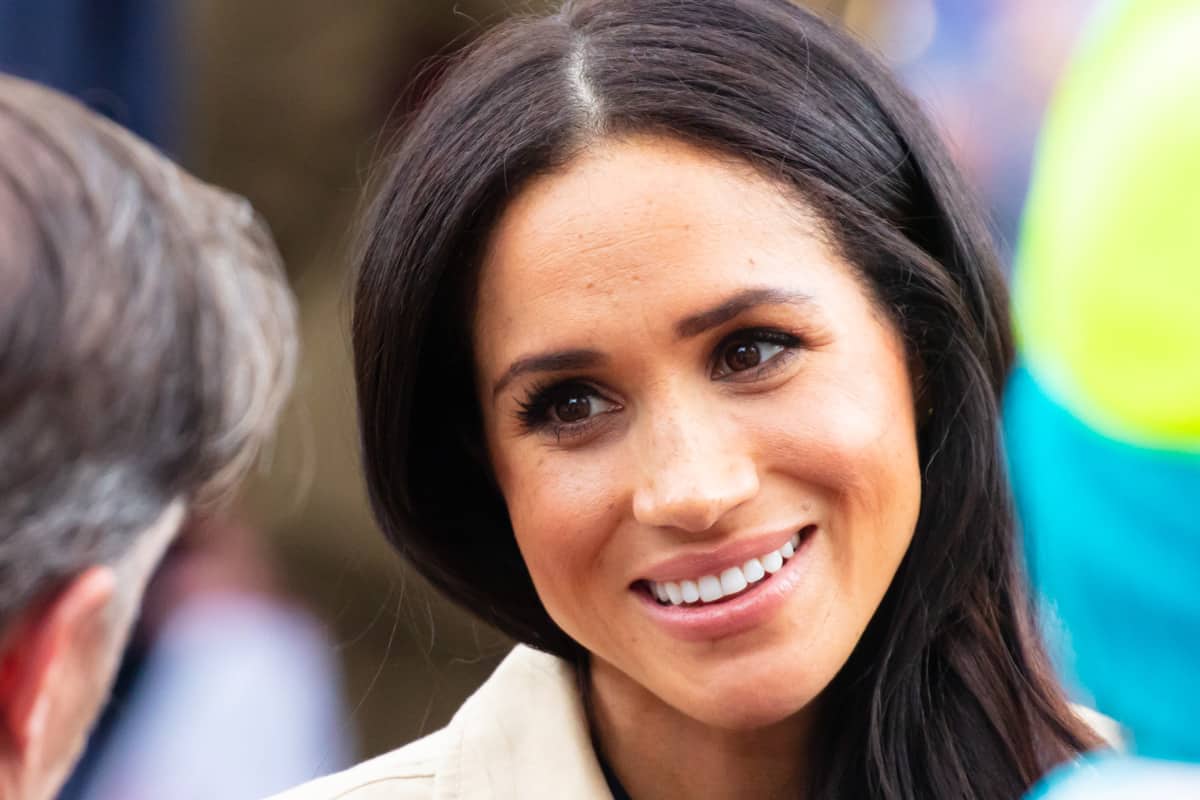Royal Name Change: How Meghan's Monogram Was Decoded And 5 Surprising Facts About Royal Last Names
The British royal family is known for their traditions and customs, one of which is the changing of their last name after marriage. The process of adopting a new surname is steeped in history and is typically done in a way that reflects the family's status and heritage. However, not all royal name changes are as straightforward as they seem. Take, for example, the case of Meghan Markle, the Duchess of Sussex, whose new surname after marriage has sparked widespread interest and speculation. In this article, we will delve into the fascinating world of royal name changes and explore how Meghan's monogram was decoded, as well as five surprising facts about royal last names.
Meghan's Monogram: A Code to Unlock the Royal Family's Secrets
When Meghan Markle and Prince Harry announced their engagement, fans around the world eagerly awaited the unveiling of their joint monogram. The couple had opted for a unique and elegant design, featuring the intertwined initials "MRH" - a clever combination of the two family surnames. However, this seemingly simple monogram was actually a cleverly crafted code that revealed more about the royal family's history and traditions.
According to royal insiders, the couple's joint monogram was designed to represent the blending of their two families' heritage. The "M" in MRH stands for Dukes of Sussex, while the "R" represents the Dukes of York, with the "H" symbolizing the House of Hanover. This subtle yet meaningful design choice reflected the couple's desire to honor their shared family history while also forging their own path forward.
The History of Royal Name Changes
The practice of changing one's surname after marriage dates back to the 17th century, when it was considered a way to preserve family lineage and avoid the association with one's new spouse. This tradition was particularly prevalent among the aristocracy, who sought to maintain their social status and connections.
In the case of the British royal family, the tradition of adopting a new surname after marriage has been observed for generations. For example, Queen Elizabeth II adopted the surname Mountbatten-Windsor after her marriage to Prince Philip, Duke of Edinburgh. This clever use of the feminine title "Mountbatten" has allowed the royal family to maintain a connection to both their mother's and father's families.
5 Surprising Facts About Royal Last Names
Here are five surprising facts about royal last names that shed light on the complexities of the British royal family's surname history:
- The Queen's surname is a unique combination of two separate surnames: Mountbatten and Windsor. However, the royal family's official title is simply "The Royal Family."
- Prince William's surname is Duke of Cambridge, while his wife Kate Middleton's surname is Middleton, reflecting her family's nobility title.
- Prince Harry's surname is Duke of Sussex, while his wife Meghan Markle's surname is Markle, reflecting her American heritage.
- The royal family's use of surnames can be complex and nuanced. For example, Prince Andrew's wife Sarah Ferguson's surname is Ferguson, but she is also known as the Duchess of York.
- The royal family's surname can also be a source of confusion. For example, Prince Philip's surname is Mountbatten, but he is also known as the Duke of Edinburgh.
How Royal Surnames Are Determined
So, how do royal surnames come to be determined? The process typically involves a complex combination of family history, social status, and tradition. Here's a step-by-step guide to understanding how royal surnames are determined:
- Family Lineage: The royal family's surname is often determined by their family lineage, with surnames passed down through generations.
- Nobility Titles: The royal family's nobility titles, such as Duke, Earl, or Count, often play a significant role in determining their surname.
- Marriage: When a member of the royal family marries, their spouse's surname is typically adopted, reflecting their shared family heritage.
- Tradition: The royal family's surname is often chosen based on tradition and a desire to honor their shared family history.
Common Surnames in the Royal Family
Here are some common surnames found in the British royal family:
- Mountbatten: Prince Philip's surname, reflecting his mother's side of the family.
- Windsor: Queen Elizabeth II's surname, reflecting her mother's side of the family.
- Sussex: Prince Harry's surname, reflecting his father's side of the family.
- Cambridge: Prince William's surname, reflecting his mother's side of the family.
- York: Prince Andrew's surname, reflecting his father's side of the family.
Meghan's Monogram: A Unique Code
Meghan Markle's joint monogram with Prince Harry, featuring the intertwined initials "MRH," has sparked widespread interest and speculation. But what does this monogram truly represent?
According to royal insiders, the couple's joint monogram was designed to represent the blending of their two families' heritage. The "M" in MRH stands for Dukes of Sussex, while the "R" represents the Dukes of York, with the "H" symbolizing the House of Hanover. This subtle yet meaningful design choice reflected the couple's desire to honor their shared family history while also forging their own path forward.
However, some have speculated that the monogram may also hold deeper meaning. For example, the use of the "M" in MRH may be seen as a nod to the couple's desire to merge their two families' traditions and values.
In conclusion, the story of Meghan Markle's monogram and the royal family's surname history is a complex and fascinating one. From the
Chaun Woo Parents Nationality
Lara Diabla
Seopetitor Rank Tracker
Article Recommendations
- Whenid Piddyie
- Alma Powell Cause Ofeath
- Cinemas 2021
- My Pillow Net Worth
- Is Holly Rowe Married
- Isana Perino S Husband Ok
- Breckie Hill
- Kari Lakethnicity
- Kelly Mcgillis
- Steve Harveyad News Today



